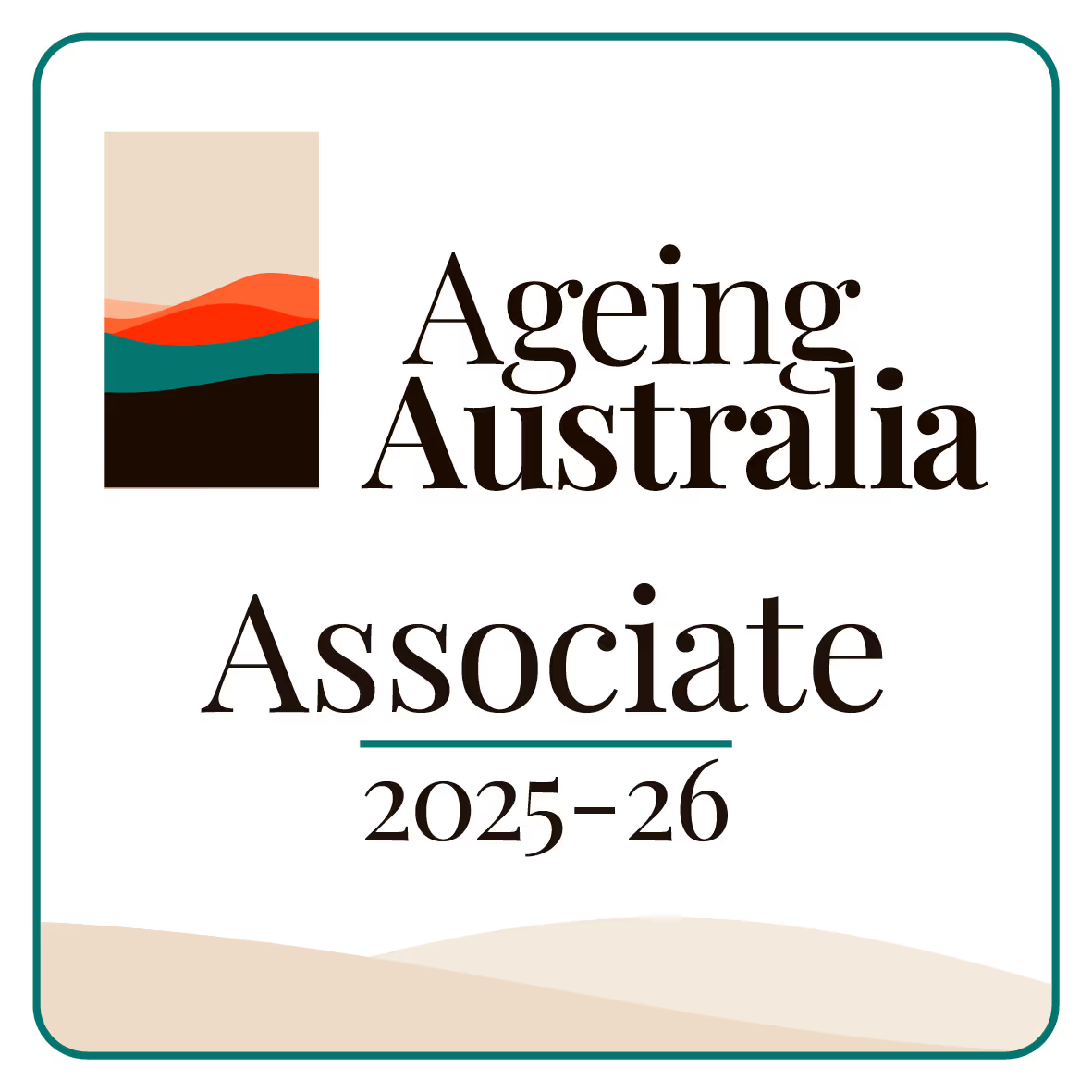When things go sideways in an aged care home, every second counts. Whether it is a fire drill gone wrong or a real-life evacuation, how you talk to your team and your residents can mean the difference between calm and chaos. Emergency situations are already stressful, but poor communication can make them ten times worse. You do not want that.
Let us have a good yarn about what works, what to avoid, and how to keep your head when the pressure is on. You are not just passing on information—you are helping people feel safe. That is a big job, but with a few good habits and the right alert systems in place, you can do it well.
Why Communication Matters in Emergencies
People need more than just instructions in an emergency. They need clear, calm, and consistent messages that help them understand what is happening and what they need to do next. Picture this: the fire alarm is ringing, residents are confused, and some staff are getting different instructions from others. That is not the kind of situation anyone wants.
Good communication acts like glue. It holds your emergency response together. It connects your people, keeps residents calm, and helps everyone stay on task. Without it, even the best plans fall apart.
Start with a Solid Emergency Alert System
If communication is the glue, then your F is the engine. It pushes out the right messages to the right people at the right time. You need a system that works for your specific environment.
Aged care homes have their own rhythm. You have residents who might not move quickly or who may struggle to understand loud noises or complex messages. That means your alerts need to be:
- Loud enough to be heard
- Simple enough to understand
- Repeated so no one misses it
Think of it like ringing the school bell—but more thoughtful. Bells, tones, spoken messages, and even flashing lights all help. Some facilities also use wearable alarms for staff, mobile alert systems, or central dashboard panels. Just remember, fancy gear means nothing if no one knows how to use it.
.png)
Train Like It Is Real
Training is not just a tick-the-box task. It is practice for game day. If your team only ever talks about what to do during a flood or fire but never actually practices it, they will freeze when it happens.
You need to walk the talk—literally. Fire drills, shelter-in-place rehearsals, and evacuation practices should be part of your monthly routine. When your team knows the plan by heart, they can focus on communication and help residents feel at ease.
During drills, practice these communication habits:
- Speak clearly and slowly
- Use names if possible
- Repeat key messages
- Keep your tone calm and confident
- Confirm that people understand
After each drill, have a quick team debrief. What went well? What needs fixing? Talk it out while it is fresh.
Keep Resident Updates Simple and Frequent
In an emergency, resident updates should not be an afterthought. Residents have the right to know what is going on, even if they cannot respond in the same way staff can.
Let us be real—some folks in aged care have hearing issues, memory problems, or anxiety. Telling them once and expecting it to stick will not cut it. You need to check in often, explain things in plain language, and offer reassurance.
Use simple phrases like:
- "There is no danger right now, but we are moving just in case."
- "You are safe. Staff are here to help."
- "We will let you know what happens next."
Stay away from jargon or technical words. You are not briefing a police unit. You are talking to someone’s grandmother. Be patient, and if someone looks worried or confused, stop and check if they need anything.
What About Family Members?
They will want to know what is going on, and they will want updates fast. That is where a good resident update plan comes into play. Assign one or two staff members to handle outbound communication during an emergency. That way, others can focus on immediate safety without being swamped with phone calls.
Try this approach:
- Set up group texts or a messaging board
- Use a single phone number or email for inbound queries
- Post updates at regular intervals (even if there is no big change)
Remember, silence can feel scarier than bad news. Even a short message like “All residents are safe. Staff are managing the situation” goes a long way in keeping families calm.
The Role of Hazard Management in Aged Care
Effective emergency communication is part of hazard management in aged care. It is not something separate. In fact, if you are serious about managing risks, then communication should sit at the top of your to-do list.
Every emergency plan needs:
- A clear communication protocol
- A list of who says what, when, and to whom
- A backup plan for when the phones are down or power is out
- Practice runs with your full team
If you are only thinking about alarms and evacuation maps, you are missing half the picture. Your staff need to know how to speak up, who to talk to, and how to keep everyone in the loop from the moment something goes wrong.
Avoid These Common Mistakes
Even with the best systems in place, things can fall apart if you are not careful. Watch out for these common traps:
1. Talking too much:
Over-explaining can confuse people. Stick to the point.
2. Giving mixed messages:
If one staff member says “stay here” and another says “go outside,” you have got a problem. Keep your message consistent.
3. Using tech that nobody understands:
If your fancy new alert system has a 45-step manual, it is no good in an emergency. Stick with tools people already know how to use.
4. Forgetting to follow up:
Once the emergency ends, the job is not over. Residents and families will want to know what happened and what is next. Do not leave them guessing.
.png)
Bring Everyone into the Loop
Emergency communication is not just for senior staff. Everyone—from the kitchen crew to the lifestyle coordinators—should know what to say and how to respond. Give them a cheat sheet, run through scenarios, and encourage them to speak up when they see something off.
Also, include your residents in the planning when you can. Ask them how they would like to be told about emergencies. What words help them stay calm? What makes them nervous? Their input might surprise you—and help you do better.
Clear Messages, Safe Homes
You cannot stop every emergency from happening, but you can stop it from turning into a disaster. That starts with good communication. From your emergency alerts to your resident updates, every word counts.
Speak clearly. Speak kindly. Speak often.
Emergency communication is not rocket science, but it does take practice, planning, and teamwork. So keep your tools sharp, your ears open, and your messages simple.
You have got this. And when the next alarm goes off, you will be ready—not just to act, but to lead.










